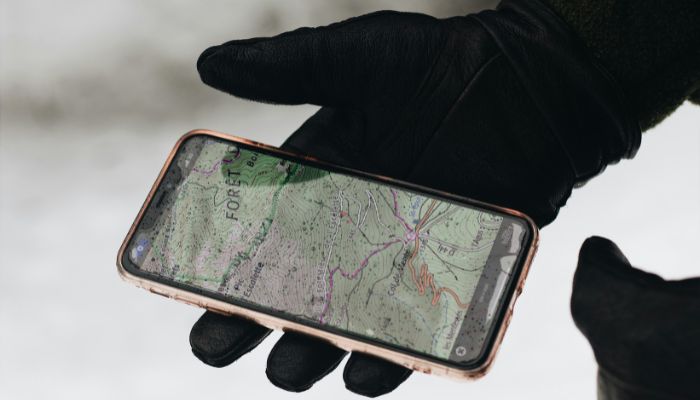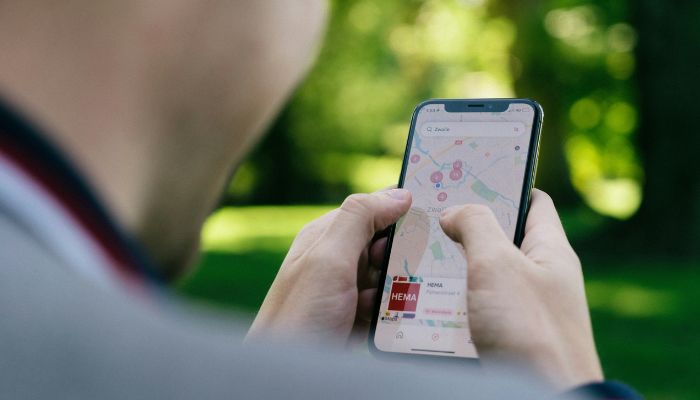
Police agencies can track spoofed numbers, but the task is complex due to the manipulation of caller ID information. They employ advanced techniques such as analyzing call records, utilizing geo-location technology, and collaborating with telecommunications companies. Despite these efforts, the constantly evolving tactics of cybercriminals present significant challenges.
Law enforcement faces jurisdictional issues and privacy concerns, complicating the process. Progress in digital forensics and tracking technologies is enhancing their capabilities. Understanding these methods and the challenges involved can offer deeper insights into the efforts to combat this sophisticated form of fraud.
Understanding Spoof Numbers
Spoof numbers, often used in caller ID spoofing, manipulate the caller ID information to display a phone number different from the actual one being used. This practice has significant implications for various stakeholders.
The impact on investigations is profound, as law enforcement agencies find it challenging to track criminals who exploit this technology to conceal their identities. Consequently, this hampers the ability to solve crimes efficiently.
Public safety is also at risk as spoof numbers can facilitate fraudulent activities, such as phishing scams and impersonation, leading to financial loss and emotional distress for victims. Privacy concerns are paramount, as individuals may unknowingly divulge sensitive information to malicious actors believing they are communicating with legitimate entities.
To address these issues, regulatory measures have been implemented in many jurisdictions. Agencies such as the Federal Communications Commission (FCC) in the United States have established rules to curb the misuse of spoof numbers. Nevertheless, enforcement remains a challenge due to the sophisticated methods employed by perpetrators.
Preventive strategies, including public awareness campaigns and advanced technological solutions, are essential. Encouraging individuals to verify the authenticity of suspicious calls and adopting robust authentication protocols can mitigate the risks associated with spoof numbers.
Mechanism Behind Spoofing

The mechanism behind caller ID spoofing involves the manipulation of telecommunication systems to display a falsified phone number on the recipient’s caller ID. Spoofing techniques are employed to achieve this, often by exploiting network vulnerabilities within the telecommunication infrastructure. These techniques can range from using simple software applications to more sophisticated methods that involve reconfiguring the information packets sent during a call.
Caller identification systems rely on data transmitted through signaling protocols, which can be intercepted and altered. Spoofers can modify the data encryption within these protocols to replace the original phone number with a fake one, thus masking their true identity. This manipulation of caller identification not only deceives the recipient but also complicates efforts to trace the call back to its origin.
Despite these challenges, digital footprints left during the spoofing process can offer clues. Each interaction with the network leaves behind traces, regardless of the data encryption used. By analyzing these digital footprints, telecom experts can sometimes identify patterns or anomalies that point to the spoofing activity.
However, the efficacy of tracking such activities heavily depends on the robustness of the telecommunication network’s security measures and the sophistication of the spoofing techniques employed.
The Role of Law Enforcement
In the realm of combating caller ID spoofing, law enforcement agencies play a crucial role. One of their key strategies, such as police wiretapping phone calls, helps in identifying and prosecuting individuals who use spoofing technology for fraudulent or malicious purposes. These strategies typically combine various investigative methods and surveillance tactics aimed at tracking and apprehending perpetrators.
Investigative methods often involve analyzing call records and network data to trace the origin of spoofed calls. By collaborating with telecommunication companies, law enforcement can access crucial information stored through data retention policies. This data can provide valuable insights into call patterns and potential suspects.
Surveillance tactics are also employed to monitor suspicious activities and gather real-time evidence. This might involve the use of advanced software tools and technologies to detect and intercept spoofed calls. Such efforts require a careful balance to address privacy concerns, ensuring that surveillance does not infringe on individuals’ rights.
Furthermore, law enforcement agencies work closely with regulatory bodies to develop and enforce policies that mitigate the risks associated with spoofing. Through these concerted efforts, law enforcement aims to protect the public and maintain the integrity of communication networks.
Tracing Techniques Used by Police

How do police manage to trace spoofed numbers despite the challenges posed by such deceptive tactics? Law enforcement agencies employ a variety of sophisticated police tactics and tracking methods to identify the origin of spoofed calls, including methods applicable when tracking a phone that’s turned off.
- The investigation process often begins with the examination of phone records. By analyzing call logs, police can identify patterns or anomalies that may provide clues about the source. In some cases, they may collaborate with telecommunications companies to access more detailed data that can aid in pinpointing the caller.
- Geo location technology is another critical tool in the arsenal of law enforcement. This technology allows police to triangulate the position of a phone based on its interaction with cell towers. Even if the number is spoofed, the physical location of the device can often be traced to a specific area.
- Additionally, police might use specialized software designed to detect and analyze spoofing techniques. This software can reveal inconsistencies in the data transmission that suggest tampering.
Challenges in Tracking Spoof Numbers
Despite the advanced techniques and technologies employed by law enforcement, tracking spoofed numbers remains fraught with significant hurdles.
- One major limitation in tracking spoofed numbers is the ability of perpetrators to manipulate caller IDs, making it difficult to trace the origin of the call. This manipulation significantly hampers investigations, as it creates false leads and consumes valuable resources.
- The evolving tactics of cybercriminals add another layer of complexity. They continually adapt and innovate, staying a step ahead of tracking mechanisms. This constant change requires law enforcement to perpetually update their methods, which is both challenging and resource-intensive.
- Privacy concerns also play a critical role in complicating the tracking process. Balancing the need for effective investigations with the protection of individual privacy rights creates a legal and ethical conundrum. Law enforcement agencies must navigate stringent regulations that often limit their ability to access necessary data.
- Collaboration with telecoms is essential but not without its challenges. While telecom companies possess vital information that can aid in tracking spoofed numbers. Cooperation can be hindered by bureaucratic processes, varying levels of willingness, and differing international laws. These factors collectively contribute to the complexities of tracking spoofed numbers effectively.
Legal and Technological Advancements

As law enforcement grapples with the complexities of tracking spoofed numbers. Both legal frameworks and technological innovations have emerged as pivotal tools in the fight against this sophisticated form of cybercrime.
Legal advancements have sought to balance the efficacy of tracking measures with privacy concerns. Ensuring that investigative practices do not infringe on individual rights. International and domestic jurisdictions have also coordinated to address jurisdictional issues that arise when spoofed calls cross borders, complicating enforcement.
Technologically, digital forensics has become indispensable. By meticulously analyzing call logs, investigators can trace patterns and anomalies indicative of spoofing activities. The integration of geolocation data further enhances the ability to pinpoint the origin of suspect calls, even when the number itself is falsified. Advanced algorithms and machine learning techniques are also being employed to distinguish between legitimate and spoofed communications more effectively.
These combined legal and technological strategies are not without challenges. Privacy concerns must be continually addressed to maintain public trust, and jurisdictional issues require robust international cooperation. Nonetheless, the progress in digital forensics, call logs analysis, and geolocation data utilization marks significant strides in the ongoing battle against spoofed numbers.
Conclusion
The tracking of spoof numbers presents significant challenges for law enforcement due to the sophisticated mechanisms behind number spoofing. Despite these difficulties, police employ various tracing techniques and leverage legal and technological advancements to combat this issue.
The ongoing developments in technology and legislation play a critical role in enhancing the ability of law enforcement to identify and apprehend individuals using spoof numbers for malicious purposes. Continued efforts in these areas are essential for addressing the complexities associated with spoof number tracking.